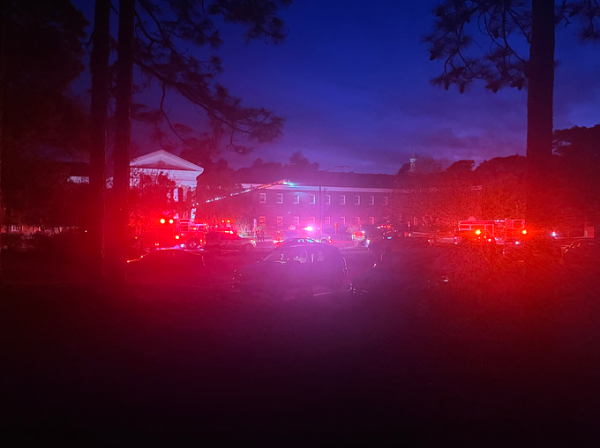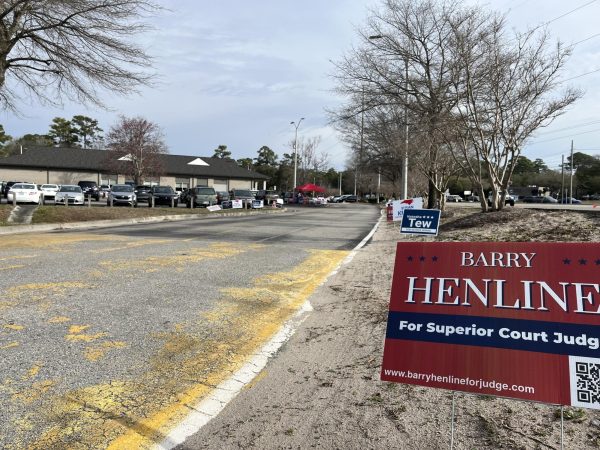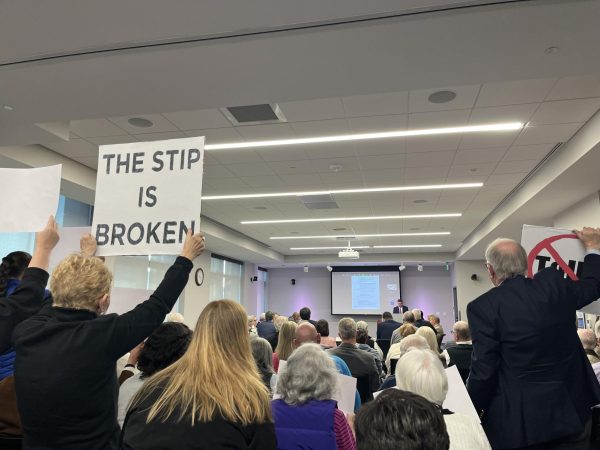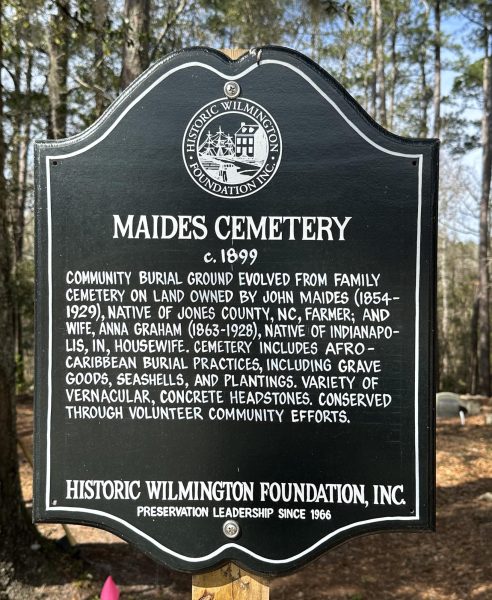Does ISIS Represent True Islam? UNCW Speaker Elaborates
April 7, 2017
When you hear the word “ISIS,” what’s the first thing that comes to mind? Perhaps you are reminded of violent executions in Syria, extreme terrorist attacks on a number of countries, or maybe you are intellectually curious and wish to learn just what motivates members of the Islamic State of Iraq and Syria [ISIS] to perform such egregious acts.
Wednesday night UNC Wilmington’s on-campus organization Ratio Christi hosted evangelist speaker Dr. David Wood in Lumina Theater. Previously an atheist, Dr. Wood lectured to attempt to explain various thought processes behind ISIS. When Dr. Wood was just eighteen, he was sentenced to prison for malicious wounding after an attempt on his father’s life. His time in prison brought reflection periods and it was a fellow prisoner that contributed to Wood’s eventual change to Christianity.
While Wood was a student in 2001, he had a best friend named Nabil. Like many friends, the two shared some differences, the main one being their religion. They would often enter into various discussions on their respective religions of Islam and Christianity motivated by their own intellectual curiosity. While Nabil was always characteristically respectful of Wood, David would often notice Nabil making subtle humor that was targeted towards the United States.
In one instance, Nabil found humor in a photo-shopped picture of New York City that replaced various skyscrapers and landmarks with mosques. Despite these attitudes that Nabil held prior to their friendship, five years after meeting David he became a Christian and David baptized him.
Due to his close relationship with Nabil, Dr. Wood wished to educate more people about his good friend’s religion and how ISIS does not necessarily represent true Islam. According to Wood, “There’s too much misinformation out there and not enough people correcting it,” he says on the importance of education. To achieve this sense of education, Wood begins first by describing various generalities of the Islamic faith. For instance, Islam includes six articles of faith which encapsulate the belief in Allah, angels, books, prophets, “Day of Judgment”, and predestination.
As Wood explains, looking at the Qur’an and applying the historical context could lead one to see how radical Muslim groups are not representative of the faith in its entirety. In his lecture he described what he calls “The Jihad Triangle,” keeping in mind that jihad is meant to mean “a struggle or fight against the enemies of Islam.”
In this three-pronged approach there is included a new interpretation of the Qur’an. In this interpretation, prospective members are re-taught verses from the book such as chapter 9, verse 123, “O you who believe! Fight those of unbelievers who are near to you and let them find you in hardness.”
Once the individual has knowledge of this interpretation, he or she can enter into belief. In this stage on the road to jihad, one becomes completely accepting of this new Qur’an interpretation and can achieve the final prong, or obedience. The obedience stage of this process basically says that you understand harm might come to you in following, but you are so obedient to the organization that you do not care.
It is Dr. Wood’s belief that one may enter ISIS and similar groups through the process of The Jihad Triangle. At the completion of this process he believes one has a few options from there. He or she can either join a terrorist group, wage jihad at home by way of bombs and guns, etc., support financially through contributions, or wait patiently until an opportune moment occurs. Wood’s purpose is to continue educating individuals on this interpretation of the ISIS terrorist group.
One attending student, sophomore Maddison Bui, reflected on Wood’s points at the close of the lecture, “This was a good event because I was able to learn more. His talk allowed me to gain a better understanding than I previously had, and I think that’s one of the most important takeaways in coming to college.”














